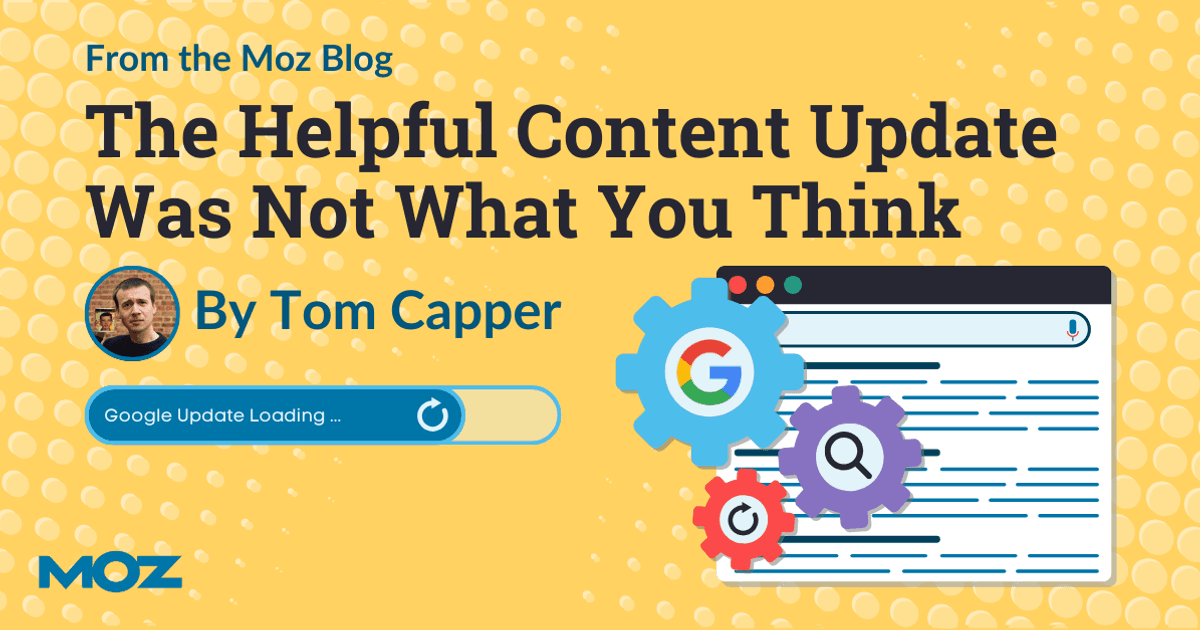Google has long been a little bit cryptic about major algorithm updates. Way back in 2011, with the launch of the first Panda update, Google said:
“This update is designed to reduce rankings for low-quality sites – sites which are low-value add for users, copy content from other websites or sites that are just not very useful.” – source
That could just about have been written to accompany a Core update in 2024. The impression in the industry is that over time, though, the reference to specific tactical information has gotten thinner and thinner, and we have heard more and more vagaries, or reference to things which many SEOs suspect have no direct ranking impact.
I have written in the past on this blog about how Core updates have become a bit of a Rorschach test. Hugely authoritative, high-quality sites go down as well as up, and basically, no websites are consistently punished or consistently rewarded. Core updates behave more like a refresh — perhaps of short-term user signals or some other temporary data. They very likely have more to do with Google fiddling with the dials on their system than the changes panicked SEOs are making between updates.
So what, then, might the Helpful Content Updates be? They arrived with pretty similar vagaries to Core updates. Many high profile “losers”, though, seemed to match exactly what Google were saying they were hoping to reward. Then, in May this year, we had the leaks. Mike King, in his initial unpacking, speculated that something referred to as “babyPandaDemotion” might be the Helpful Content Update(s). He also linked this to a much earlier patent relating to branded or navigational search, which had been linked to the original Panda updates over a decade ago. This took me down a bit of a rabbit hole, as the concept of a navigational or branded query is central to Moz’s Brand Authority metric, which myself, Dr Pete, and others had been working towards for some years.
The hypothesis, then, is that the helpful content system has something to do with a suspect ratio of search volume for a site’s navigational terms, to its link signals. If you have lots of links (over-SEOd?), and not much navigational interest in your site, you probably don’t deserve to rank as well as it might look like you do. Happily, we’re in a pretty good place to assess that theory with data.
